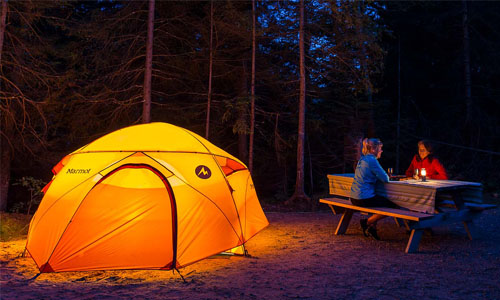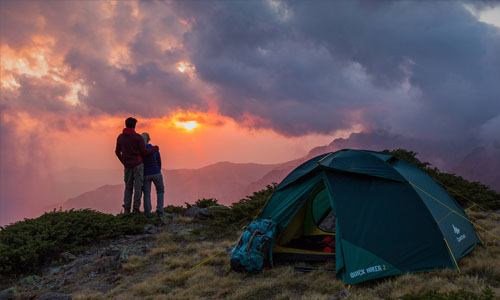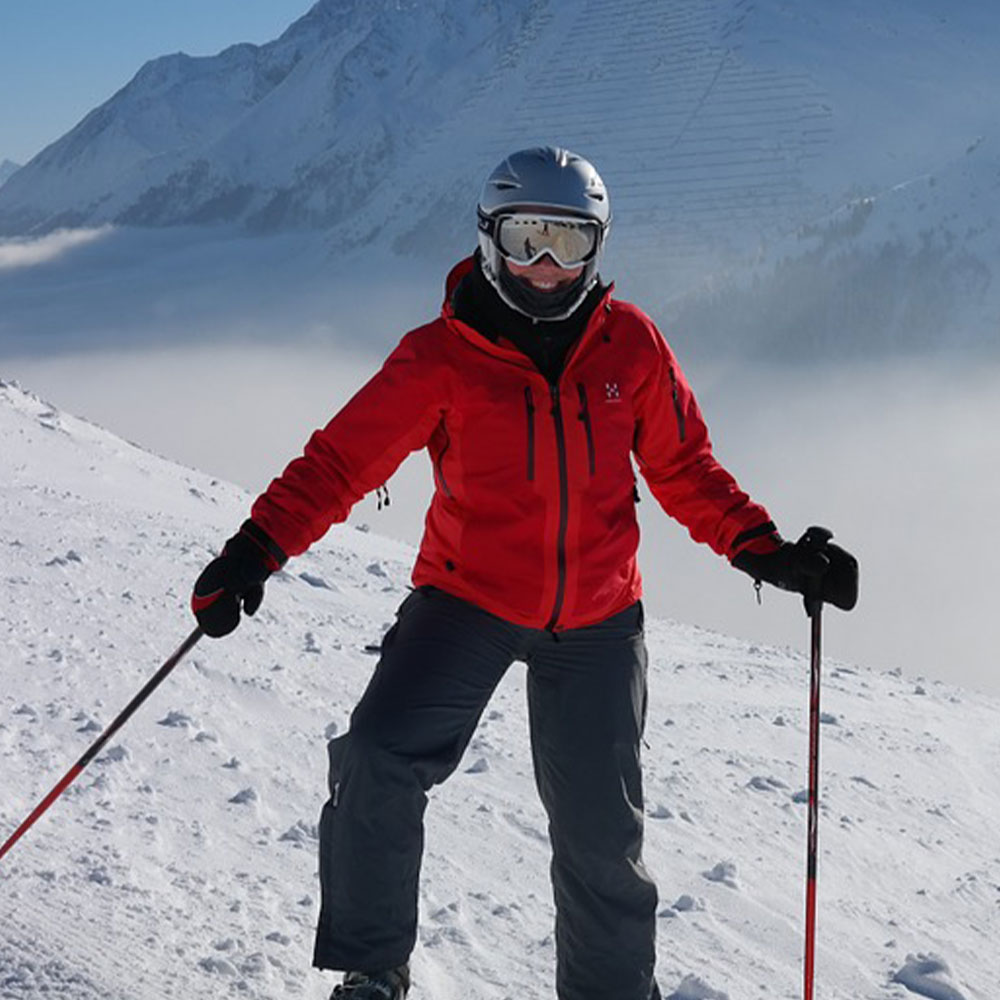Beginner’s Secret to Pitch a Safe and Perfect Tent without Failing
 I know those HD quality photographs that are scattered all over the internet, raising our expectations beyond the magnificent mountains. The very first time I went trekking with my friend, John, we planned to pitch a camp that would be flawless. However, we realised that the plan had come crashing down on us when we found ourselves struggling to sleep in the discomfort of the rocky ground, and not a breeze blew.
I know those HD quality photographs that are scattered all over the internet, raising our expectations beyond the magnificent mountains. The very first time I went trekking with my friend, John, we planned to pitch a camp that would be flawless. However, we realised that the plan had come crashing down on us when we found ourselves struggling to sleep in the discomfort of the rocky ground, and not a breeze blew.
Taking our first lesson, John and I decided to enlist the factors that certainly made our camp feel like a very bad idea. We waited for our next trip to the mountains, which was three months later. We now knew the secret of pitching a perfect camp! We went trekking, pitched our camp, and this time we made it. Great weather, cool breezes, and comfortable bed marked it as the perfect camping so far.
What was the secret behind our successful camping?
As I mentioned, we had already had our share of bad experiences. Now, I don’t suggest that everyone look forward to a spoiled camp to learn how to do better. But, it did help us. We were able to list the reasons that led to our failure as campers. And eliminating them was our secret.
What were those failure factors and how did we eradicate them?
1) We did not plan – Planning is important and there is a reason why. When you plan about how you want to camp, you virtually do a practice run. When I was planning my second camp, I thought about where I would camp, what I would need to be comfortable, whether I would need certain equipment to help pitch the tent easily, how I would peg my tent out, what I would do if it were too cold, or if it were to rain, and so on. The answers to these questions helped me come up with a foolproof plan of how and where I will camp.
What makes a good plan – Is there a lawn, garden, or a park close by you? Go there and pitch your tent. I did the same! I went to my friend’s lawn and put up my tent, and lay inside to understand how to pitch it, how to make the insides more comfortable, and how to peg it out. This will prepare you for when you reach the mountains.
 2) We wasted our time – Overconfident is what you would call us. We did not begin looking for a campsite until the sunset was staring us in our faces. The result was chaos and a very bad decision of camping near the trees. The dew had us by midnight and insects were all over. We hadn’t found a site that could protect us from the elements.
2) We wasted our time – Overconfident is what you would call us. We did not begin looking for a campsite until the sunset was staring us in our faces. The result was chaos and a very bad decision of camping near the trees. The dew had us by midnight and insects were all over. We hadn’t found a site that could protect us from the elements.
Start looking for a campsite way before the sunset – Even though you might be allotted a pitch to use when you arrive at the campsite, it has been always a good decision to take a few minutes to choose the best ground for your tent within that pitch. Pick the ground that is comparatively soft, sheltered from the wind, but in the range of breezes, without hazards overhead such as trees or electric lines. Always remember not to set up within less than 10 meters of open fire or barbecues. This will minimize the risk of sparks damaging the fabric, or even starting a fire.
3) Water was at all the wrong places – Dew got us, but we still suffered from thirst. I remember sitting awake in the tent because of the moist surroundings, and the thirst that parched my throat. It wasn’t the kind of excitement I had expected would keep me awake all night.
Line up the water as a priority – Keep water hauled with you to prevent a parched throat or camp at a site that has water close by so that you have easy access to a creek or lake. This will also make for picturesque scenery to sleep by. However, maintain a gap of at least 50 metres from the water source so that you don’t have to worry about a whole host of thirsty wild animals sauntering up and down the creek or lake, looking for water to drink (or to eat those drinking it). Also, make sure that you camp at a slight elevation where the water will not collect.
4) We didn’t check the area – Careless! You’re not wrong if you called us that. It is important to scan for hazards like dead branches, flash-flood zones, and rock fall debris collect. We clearly didn’t do that.
Make a hazard survey – As mentioned before, camp near creeks and lakes, but not too close. The reason being such areas are often the most sensitive, and cannot handle large amounts of traffic and can cause rapid erosion of soil. The dead branches can fall and rock fall debris is going to be very uncomfortable. Also, keep a check on the weather, just in case it begins to rain, then you will certainly require some plastic bags, rain poncho, and soluble sundries. Therefore, always map the site map and scan for hazards. Select the safest site to camp and always carry a first aid kit.
5) We did not do our research – Once again, overconfident, you would call us. We missed to do our share of research about how to benefit from our surroundings. We woke up with sore shoulders and back ache because we did not know how to use downed trees, branches and leaves to make good bedding.
Do your research – This is downright the best solution. Do your research about how to benefit from your surrounding before they take you and your camp crashing down. Learn about everything before you step outside and reach the campsite. It is important to keep yourself ready and know from what.

Submit a Comment